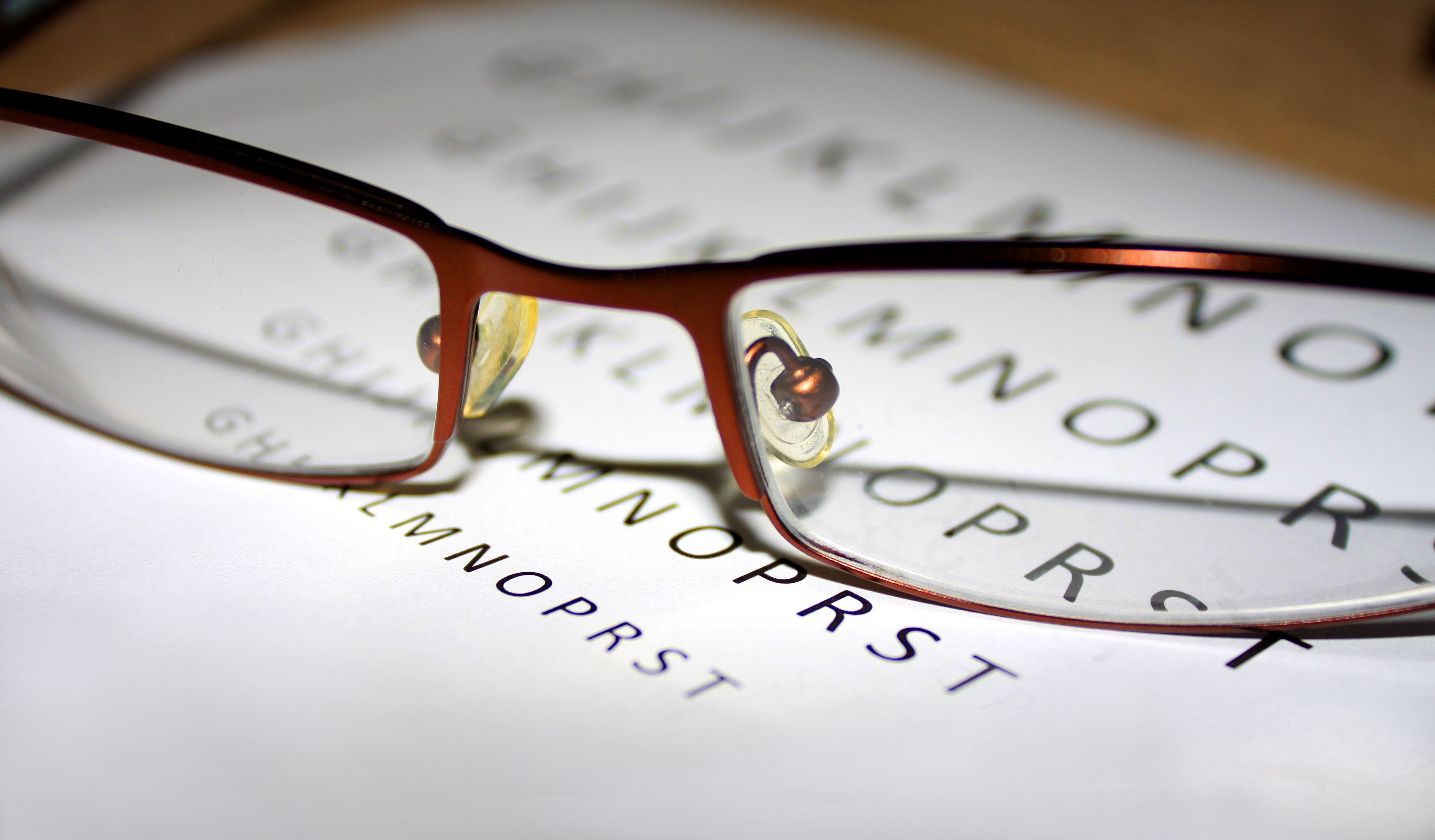Article
Air Pollution Associated With Increased Rates of AMD
Author(s):
Greater exposure to particulate matter2.5 was associated with an 8% increase in self-reported age-related macular degeneration (AMD).
Results of a cross-sectional study revealed an association between ambient air pollution, risk of macular degeneration, and differences in retinal structure. Findings were published in The British Journal of Ophthalmology.
Overall, greater exposure to particulate matter2.5 (PM2.5) was associated with an 8% increase in self-reported age-related macular degeneration (AMD). Greater exposure to PM2.5, PM2.5 absorbance, PM10 (PM with an aerodynamic diameter <10 μm), nitrogen dioxide2 (NO2) and nitrogen oxides (NOx), were all associated with differences in retinal layer thickness, measured via optical coherence tomography (OCT). NO2 is mainly generated by burning fuel and forms from car, truck, bus, power plant, and off-road equipment emissions.
In high-income countries, AMD is the leading cause of irreversible blindness in adults over the age of 50, while by 2040, the projected number of people with AMD is expected to increase to nearly 300 million worldwide.
Known risk factors for AMD include older age, smoking tobacco, genetic factors, and body mass index ≥ 25 kg/m2. Air pollution is also associated with increased mortality and pulmonary, cardiovascular, and eye diseases, including glaucoma.
The researchers hypothesized the mechanisms of air pollution–induced health effects may be due to oxidative stress and inflammation. “The retina is one of the highest oxygen-consuming tissues in the human body and resides in an environment that is primed for the generation of reactive oxygen species and resultant oxidative damage,” they explained. “Oxidative damage increases with age, resulting in retinal dysfunction and cell loss.”
To better understand the relationship between ambient air pollution, AMD status, and structural features of the disease, including photoreceptor sublayer and retinal pigment epithelium (RPE) layer thickness, investigators analyzed data from the United Kingdom biobank (UKBB).
A total of 115,954 UKBB participants, aged between 40 and 69 and with no eye problems at baseline, were included in analyses. During baseline examinations, carried out from 2006 to 2010 at 22 centers, individuals answered questionnaires on demographic, socioeconomic, lifestyle, systemic, and ocular diseases.
Beginning in 2009, ocular assessment was introduced to study protocol in 6 centers across the United Kingdom, measuring ocular features like habitual visual acuity and refractive error. Participants self-reported presence of AMD, and the researchers validated incidence by “carrying out masked grading of the retinal OCT and fundus images for features of AMD based on the Beckman AMD classification on a random subset of age-matched participants.”
To estimate air pollution, investigators used data from the Small Area Health Statistics Unit and linked information centrally to assessment data. In addition, by using the predictor variables obtained from the Geographic Information System—such as traffic, land use, and topography—land use regression models calculated the spatial variation of annual average air pollution concentration at participants’ residential addresses given at baseline visit, the authors explained.
Of the 115,954 participants, complete OCT imaging data on retinal layers were available for 52,062; both groups had similar sociodemographic and clinical characteristics. Individuals who did not self-report AMD were more likely to be non-White, younger, male, come from a more deprived area, and smoke. A total of 1286 (1.1%) participants received a diagnosis of AMD.
Adjusted analyses revealed:
- People exposed to higher fine ambient PM2.5 (per interquartile range [IQR] increase) had higher odds of self-reported AMD (odds ratio [OR], 1.08; P = .036), thinner photoreceptor synaptic region (β = −0.16 μm; P = 2.0 × 10−5), thicker photoreceptor inner segment layer (β = 0.04 μm; P = .001), and thinner RPE (β = −0.13 μm; P = .002)
- Higher levels of PM2.5 absorbance and NO2 were associated with thicker photoreceptor inner and outer segment layers, and a thinner RPE layer
- Higher levels of PM10 were associated with thicker photoreceptor outer segment and thinner RPE, while higher exposure to NOx was associated with thinner photoreceptor synaptic region
“Here we have identified yet another health risk posed by air pollution, strengthening the evidence that improving the air we breathe should be a key public health priority,” said study author Paul Foster, PhD. “Even relatively low exposure to air pollution appears to impact the risk of AMD, suggesting that air pollution is an important modifiable risk factor affecting risk of eye disease for a very large number of people."
Because the UKBB is a volunteer cohort, the researchers cautioned participants are likely healthier than the general UK population. The study also focused only on outdoor air pollution and data do not explain variation in indoor concentrations. The cross-sectional design of the study precludes the ability to determine causality between AMD-associated outcomes and air pollution. Future research on the relationship between prior air pollution exposure and risk of incident disease is warranted.
“It is possible that the structural features observed may be unrelated to AMD but associated with pollution-induced retinal toxicity,” the authors noted. “However, the direction of the relationships between air pollution and both AMD and associated retinal layer thicknesses indicate higher exposure to air pollution may make the cells more vulnerable and increase the risk of AMD.”
Reference
Chua SYL, Warwick A, Peto T, et al. Association of ambient air pollution with age-related macular degeneration and retinal thickness in UK biobank. Br J Ophthalmol. Published online January 25, 2021. doi:10.1136/bjophthalmol-2020-316218





